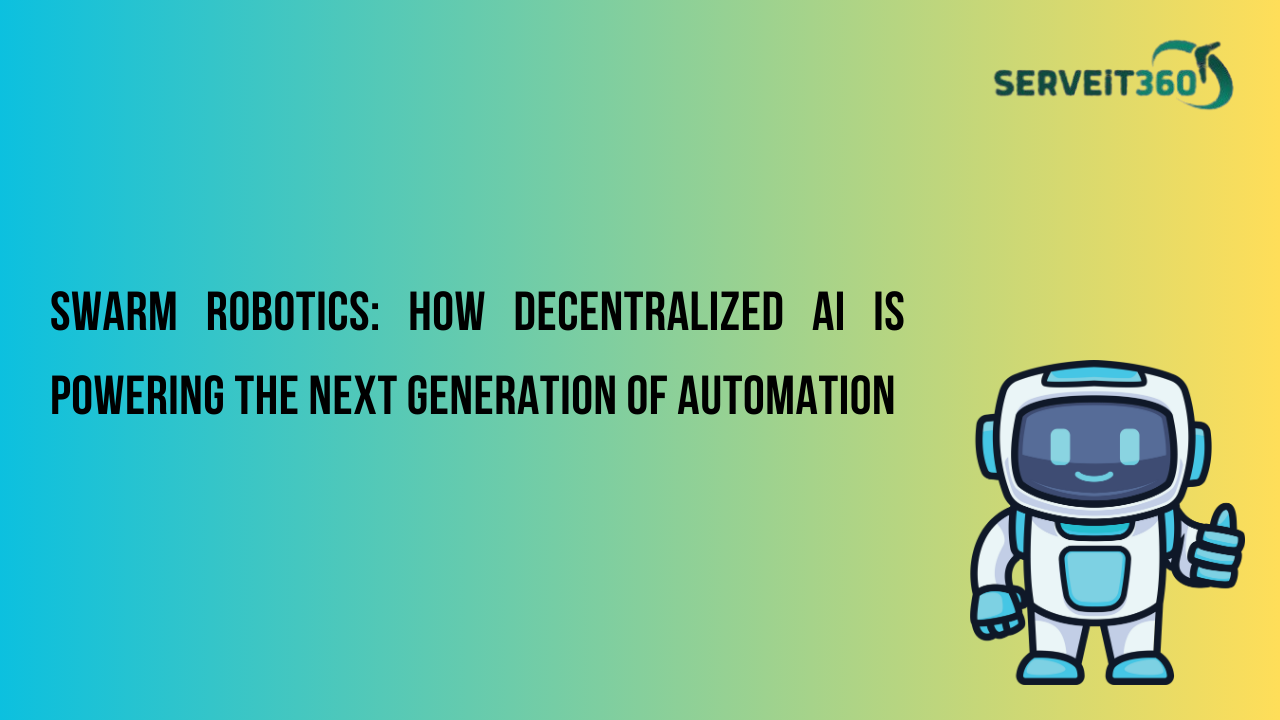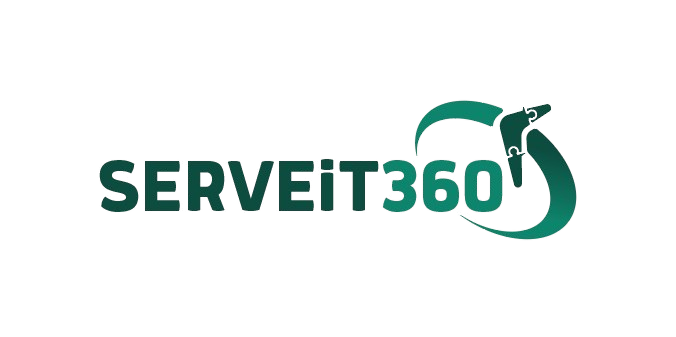Ever watched a flock of birds move in perfect sync or seen ants build intricate colonies without a leader? Nature has mastered teamwork, and now, technology is catching up. Welcome to the world of swarm robotics—where thousands of tiny AI-powered robots work together like a super-organized colony of bees, changing the way we think about automation.
In 2025, swarm robotics isn’t just a cool experiment in research labs. It’s actively revolutionizing industries like e-commerce, disaster response, and defense—and if you’re in the B2B SaaS space, you should be paying attention. Why? Because decentralized AI and swarm intelligence aren’t just buzzwords; they’re shaping the next generation of automation, efficiency, and problem-solving.
So, let’s dive into how these intelligent robotic swarms are changing the game—and how businesses can leverage this tech for a smarter, more connected future.
What is Swarm Robotics, and Why Should You Care?
At its core, swarm robotics is inspired by nature. Picture thousands of simple robots, each performing small tasks independently. But here’s the magic: when they work together, they create intelligent, coordinated behavior without needing a central command.
Think about it like this: instead of a single large, expensive robot doing everything, you have a fleet of smaller, specialized robots working together efficiently—kind of like how ants find food and bring it back to their colony without anyone “leading” them.
This approach makes swarm robotics scalable, resilient, and highly adaptable. Here’s why businesses are paying attention:
| Feature | Why It Matters |
|---|---|
| Scalability | Need more power? Just add more robots. The system adapts automatically. |
| Resilience | If one robot fails, the others keep going. No single point of failure. |
| Efficiency | Tasks get distributed dynamically, optimizing workflows in real time. |
| Adaptability | The swarm reacts to changes instantly—whether it’s a new warehouse layout or a disaster zone shift. |
So, what does this look like in action? Let’s explore some real-world applications.
How Swarm Robotics is Changing Industries
1. Warehouse & Supply Chain Automation
Ever ordered something online and had it delivered within hours? That’s not magic—that’s cutting-edge logistics. In massive fulfillment centers, swarm robotics is making warehouses faster, more flexible, and more efficient than ever before.
Example: Amazon, Alibaba, and other e-commerce giants are already using swarms of AI-powered robots to sort, pick, and pack items 40% faster than traditional automated systems. Unlike static conveyor belts, these robots can rearrange warehouse layouts on the fly based on demand, reducing congestion and boosting productivity.
2. Disaster Response & Search-and-Rescue Missions
When disaster strikes, every second counts. Traditional rescue operations take time, but swarm robots can be deployed instantly to assess damage, locate survivors, and deliver aid.
Imagine this: A massive earthquake hits a city. While human teams organize, a swarm of drones has already scanned the rubble, pinpointing survivor locations and mapping out the safest rescue routes.
In 2025, emergency response teams are using AI-powered swarms to fight wildfires, assist in flood rescues, and even deliver medical supplies to remote areas. This tech isn’t just futuristic—it’s saving lives today.
3. Military & Defense Applications
Let’s be real—military and defense have always been early adopters of cutting-edge tech. Swarm drones are already being used for surveillance, reconnaissance, and tactical missions.
Example: Instead of deploying a single, vulnerable drone, militaries now send swarms of smaller, networked drones that can jam enemy communications, detect threats, and even execute coordinated attacks. Because they don’t rely on a central system, they’re harder to disrupt.
Challenges and Ethical Considerations
Swarm robotics is exciting, but it’s not without challenges. Businesses and policymakers need to address key issues:
| Challenge | Why It’s a Problem |
| Security Risks | Decentralized systems are harder to secure; hacking a swarm could be catastrophic. |
| Coordination Complexity | Keeping thousands of robots synchronized is technically demanding. |
| Regulatory Issues | Who’s responsible if a swarm malfunctions or causes harm? |
| Ethical Concerns | Especially in military use cases, ethical AI deployment is a major discussion. |
These aren’t just theoretical problems—they need real-world solutions. That’s where B2B SaaS companies have an opportunity to step in with AI governance tools, cybersecurity solutions, and AI-powered analytics for swarm behavior monitoring.
What’s Next? The Future of Swarm Robotics in 2025 and Beyond
As AI, 5G/6G connectivity, and edge computing continue to evolve, swarm robotics will only become more powerful. Here’s what’s on the horizon:
- Smart Cities: Swarm robots managing traffic, waste collection, and public safety.
- Autonomous Farming: Drone swarms optimizing irrigation, pest control, and harvesting.
- Space Exploration: NASA and private space companies using robotic swarms to explore Mars and beyond.
Final Thoughts: How Businesses Can Leverage This Technology
For businesses, the rise of swarm robotics opens up massive opportunities:
- Logistics & E-commerce: AI-driven swarm automation for warehouses and delivery routes.
- Disaster Response Software: Real-time data integration with robotic rescue swarms.
- Cybersecurity Solutions: Protecting AI-driven swarm systems from cyber threats.
If you’re in the B2B SaaS space, now is the time to think about how swarm intelligence can enhance your product offerings. Whether it’s through AI analytics, logistics automation, or cybersecurity, the potential is limitless.


